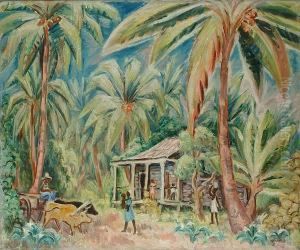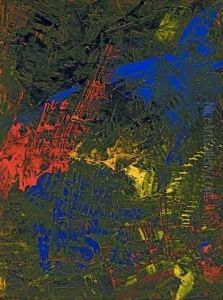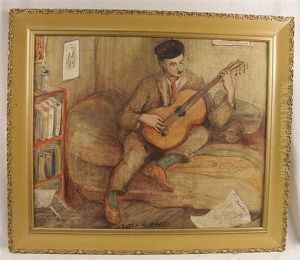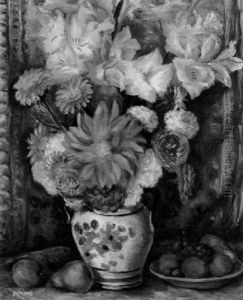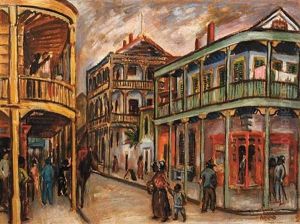Paul Rohland Paintings
Paul Rohland was an American painter known for his depictions of the American South and for his association with the early 20th-century art colony in New Hope, Pennsylvania. Born on August 18, 1884, in New Brunswick, New Jersey, Rohland demonstrated an early interest in art and pursued his passion through formal education.
He studied at the National Academy of Design in New York City and also took classes at the Art Students League of New York, where many prominent artists of the time honed their skills. Rohland's education continued in Europe, where he traveled to absorb the diverse artistic styles and techniques that would later inform his own work. Upon returning to the United States, he settled in Pennsylvania, where he became a significant figure in the New Hope art colony, known for its landscape painters and the Pennsylvania Impressionist movement.
Rohland's paintings often reflected his surroundings, capturing the lush landscapes and bucolic scenes of Pennsylvania, as well as the rural life of the American South. His style was marked by a gentle realism and a focus on the interplay of light and shadow, characteristics that aligned him with the broader Impressionist movement, although he maintained a distinct personal approach.
Throughout his career, Rohland exhibited at various institutions, including the Pennsylvania Academy of the Fine Arts, the Corcoran Gallery of Art, and the Art Institute of Chicago. He also participated in group shows with the New Hope group of painters, contributing to the recognition and legacy of the art colony there.
Paul Rohland's work is appreciated for its quiet beauty and its evocative portrayal of American life in the early 20th century. He continued to paint and be active in the art community until his death on April 22, 1953, leaving behind a body of work that continues to be celebrated by art historians and collectors alike.
